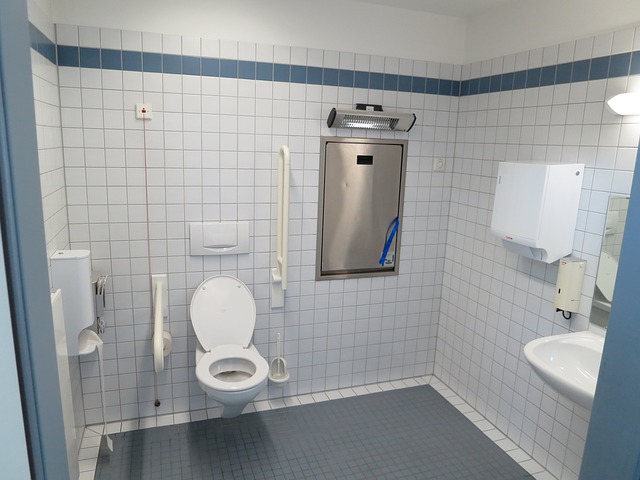COVID-19 is being investigated by various teams of experts around the world. Recently, a group of scientists surmised that the coronavirus can also be present in the faeces of those who are infected, and are investigating whether this could be a new way for it to spread.
The scientists simulated toilet water and air flow, and stipulated that aerosol droplets that are forced upward during flushing appear to spread far and wide enough to linger and be inhaled.
“Flushing will lift the virus up from the toilet bowl,” co-author Ji-Xiang Wang, who researches fluids at Yangzhou University in Yangzhou, China, said in an email to The Washington Post. “Bathroom users need to close the lid first and then trigger the flushing process.”
Toilets and sanitation are two vital factors in both public health and life expectancy. The scientists from Yangzhou University say that the public must be more aware of toilet plumes than skin-to-skin transmission of COVID-19 in bathrooms.
While it remains unknown whether sharing public toilets are a point of transmission for the virus, the research also highlights that some shared spaces need to be re-looked in the age of a pandemic.
The coronavirus is usually housed in the lungs and upper respiratory tract, but studies have also found that it can be found in the cell receptors of the small intestine as well. Some patients have reported feeling nausea or experiencing diarrhoea and vomiting when the virus’ presence manifests in physical symptoms.
Viable virus particles are present in the patients’ faeces, as well as traces of viral RNA on toilet bowls and sinks in hospital isolation rooms. Experiments in the lab have suggested that traces of the virus found in fecal matter is less infectious than when it is coughed out.
A computer simulation of the toilet flushing mechanism has demonstrated that when water pours into the toilet and generates a vortex, it displaces air in the bowl. These vortexes move upward and the centrifugal force pushes out about 6000 tiny droplets and even tinier aerosol particles.
Depending on the number of inlets in the toilet, flushing can force anywhere from 40% to 60% of the produced aerosols high above the seat.
Picture: Pixabay






